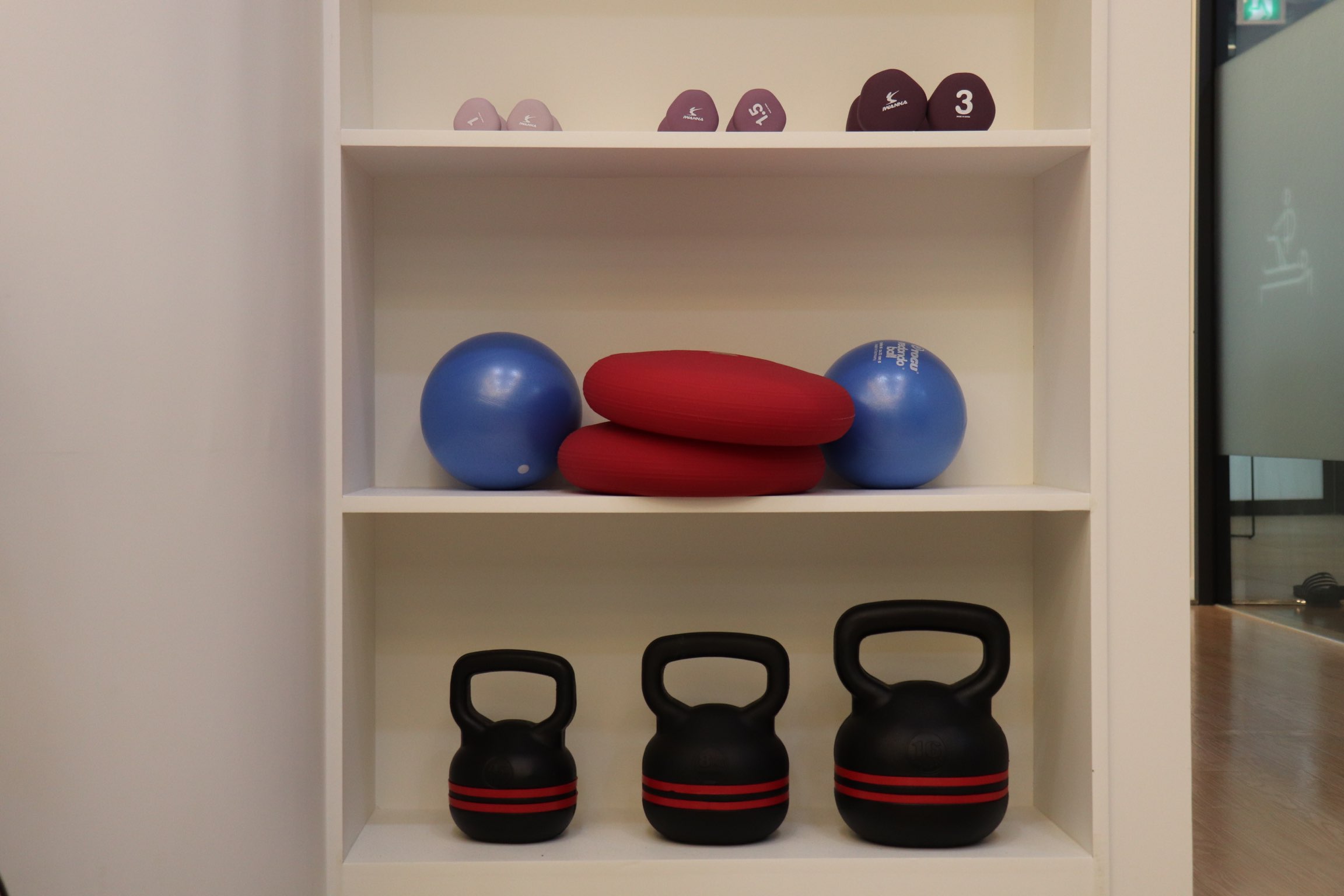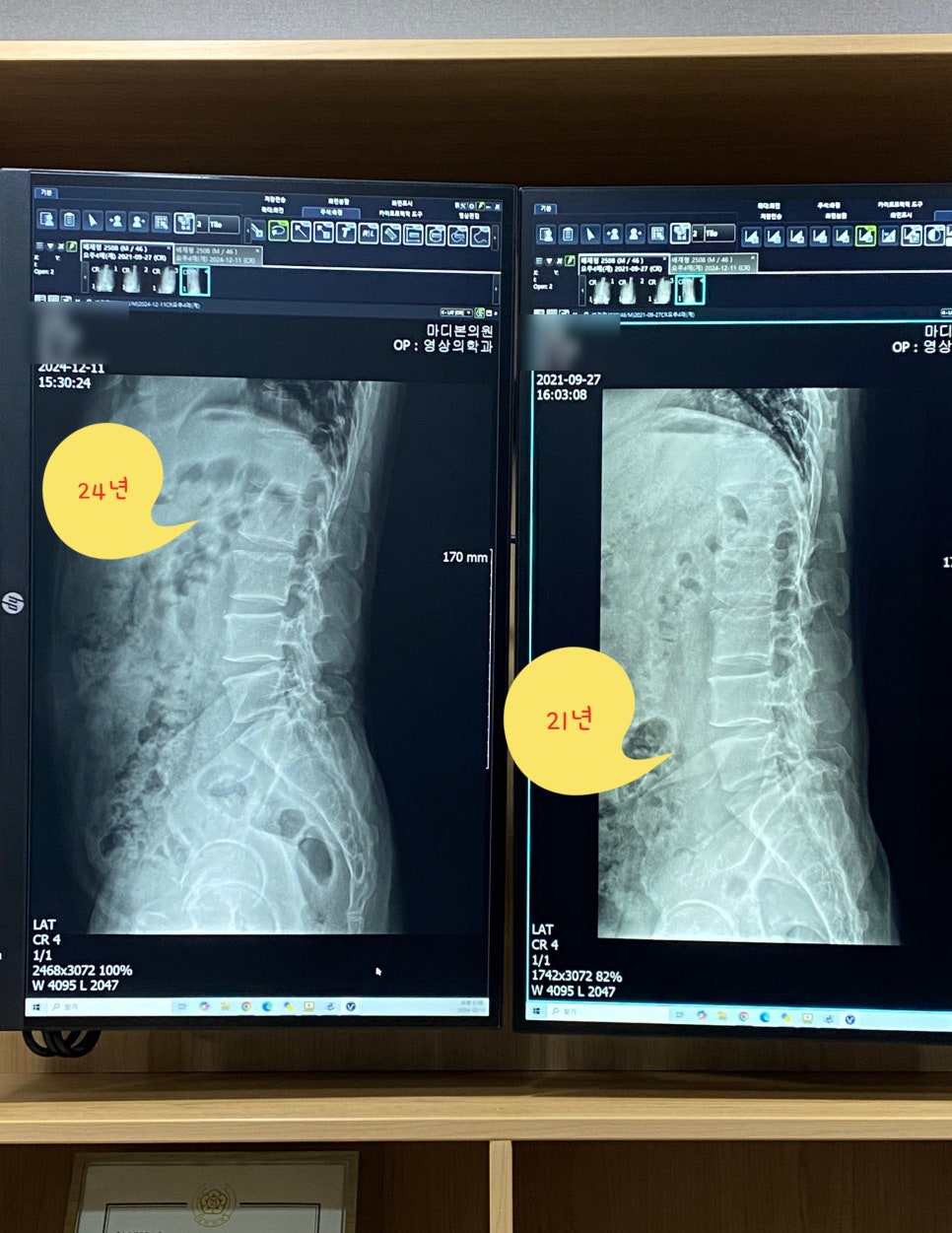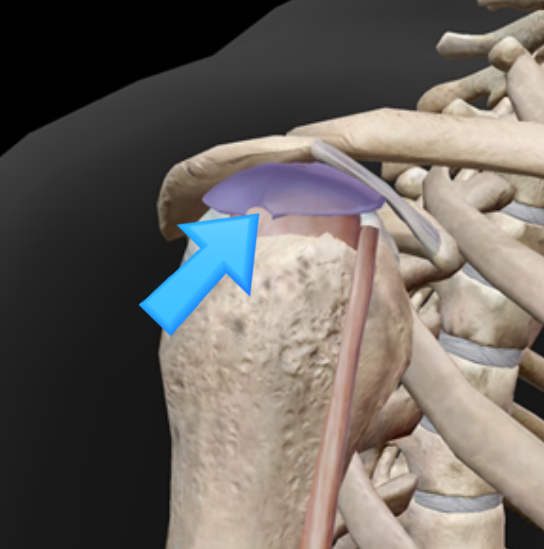Chronic Lower Back Pain: Causes, Symptoms, and Effective Treatments
This article provides general medical information and does not replace a professional diagnosis or treatment plan.
1. What Is Chronic Lower Back Pain?
Chronic lower back pain is defined as pain that persists for 12 weeks or longer and may accompany degenerative findings on imaging tests such as X-rays or MRIs (e.g., disc space narrowing or osteophyte formation).
As Hoy et al., 2010 (BMJ) noted, chronic low back pain often arises from a combination of aging, repetitive posture strain, and genetic factors, and the correlation between imaging findings and pain intensity varies among patients.
2. Fast Pain Relief with Injection Therapy
Injection therapy can provide relatively rapid symptom relief in acute back pain by reducing inflammation and nerve irritation.
However, responses vary between individuals, and multiple sessions may be required depending on the cause and severity of pain.
Research indicates that epidural steroid injections offer moderate short-term relief for lumbar radiculopathy, but long-term benefits remain limited
(Chou et al., 2009, Arch Intern Med).
3. Manual Therapy and Physical Rehabilitation
When symptoms are mild or stiffness is the main issue, manual therapy or physical rehabilitation can help by relaxing tight fascia and overused muscles, improving flexibility and posture.
Several studies suggest that combining manual therapy with exercise improves pain and function in chronic lower back pain
(NHS Evidence, 2016).
In Korea, the term “manual therapy” is typically used instead of “chiropractic care,” as regulations and education systems differ by country.
4. The Importance of Accurate Diagnosis
Lower back pain can result from multiple causes — from simple muscle tension to spinal structural problems or nerve compression.
Therefore, accurate diagnostic assessment using imaging tools such as X-ray, ultrasound, or C-arm fluoroscopy is crucial before starting any treatment.
However, imaging findings alone do not always match symptom severity.
According to Deyo et al., 2009 (JAMA), relying solely on imaging can lead to over-diagnosis of degenerative changes that are not clinically relevant.
5. Comprehensive Care Approach
For chronic lower back pain, the most effective management combines multiple methods — lifestyle modification, posture correction, physical rehabilitation, and if necessary, injection therapy or medication under specialist supervision.
References: Hoy et al. 2010 (BMJ); Chou et al. 2009 (Arch Intern Med); NHS Evidence 2016 (PMC); Deyo et al. 2009 (JAMA).
This article is for informational purposes only and does not guarantee specific treatment results.


